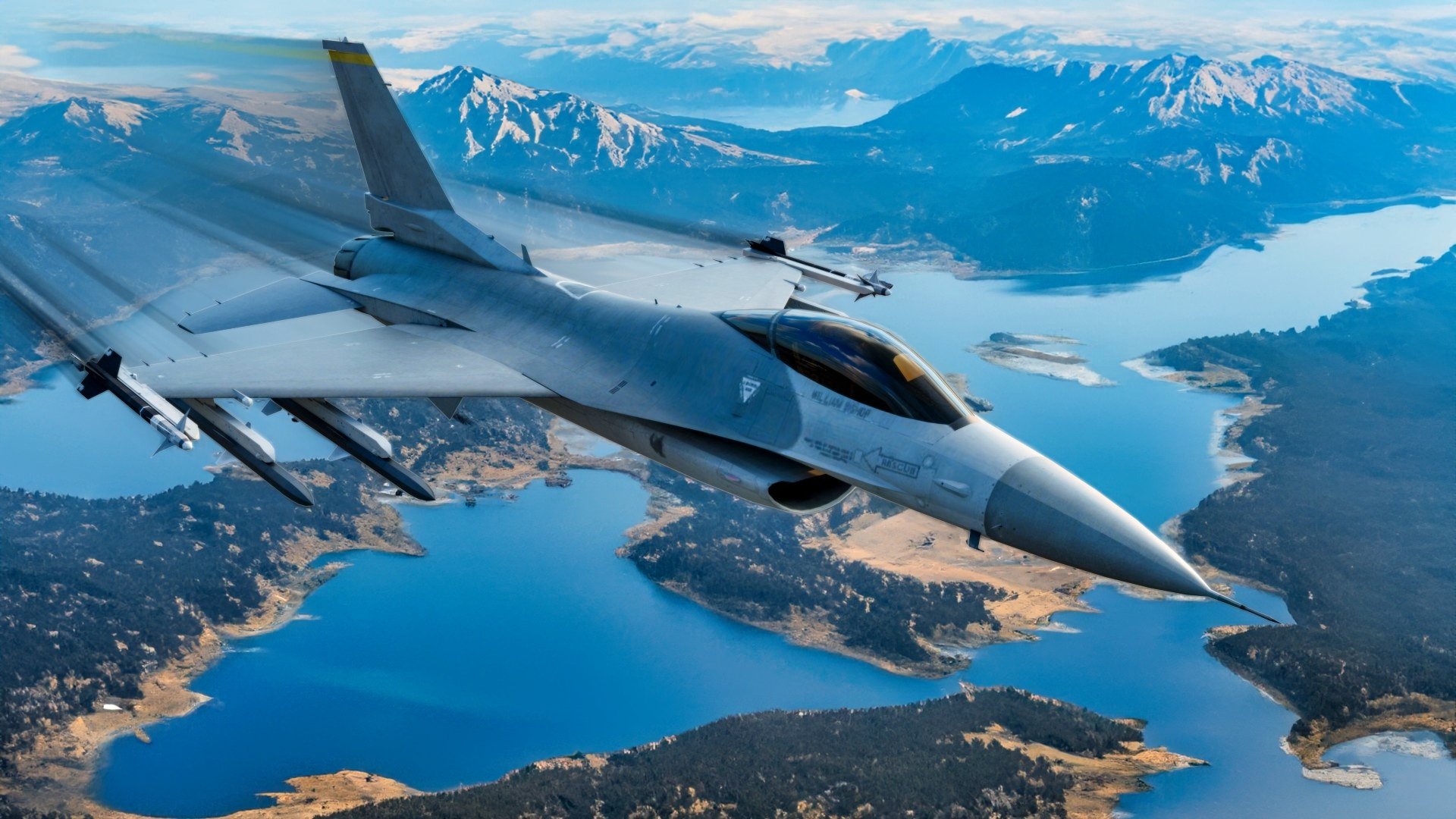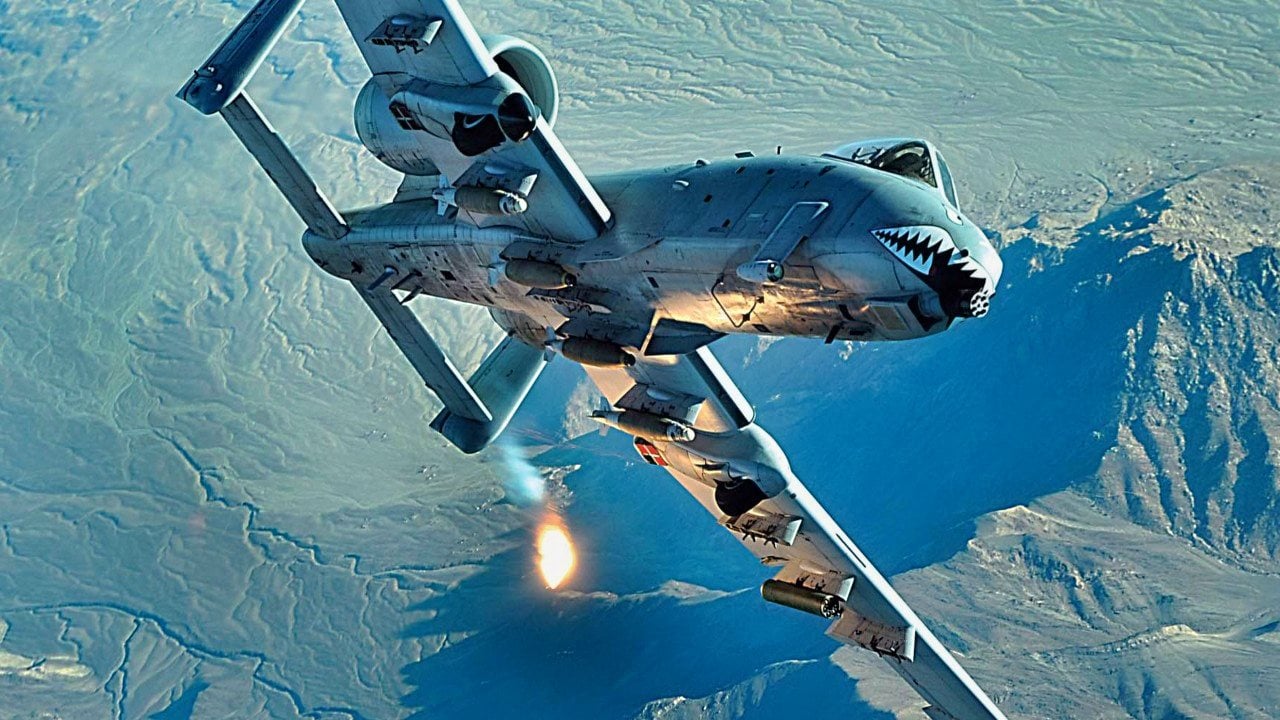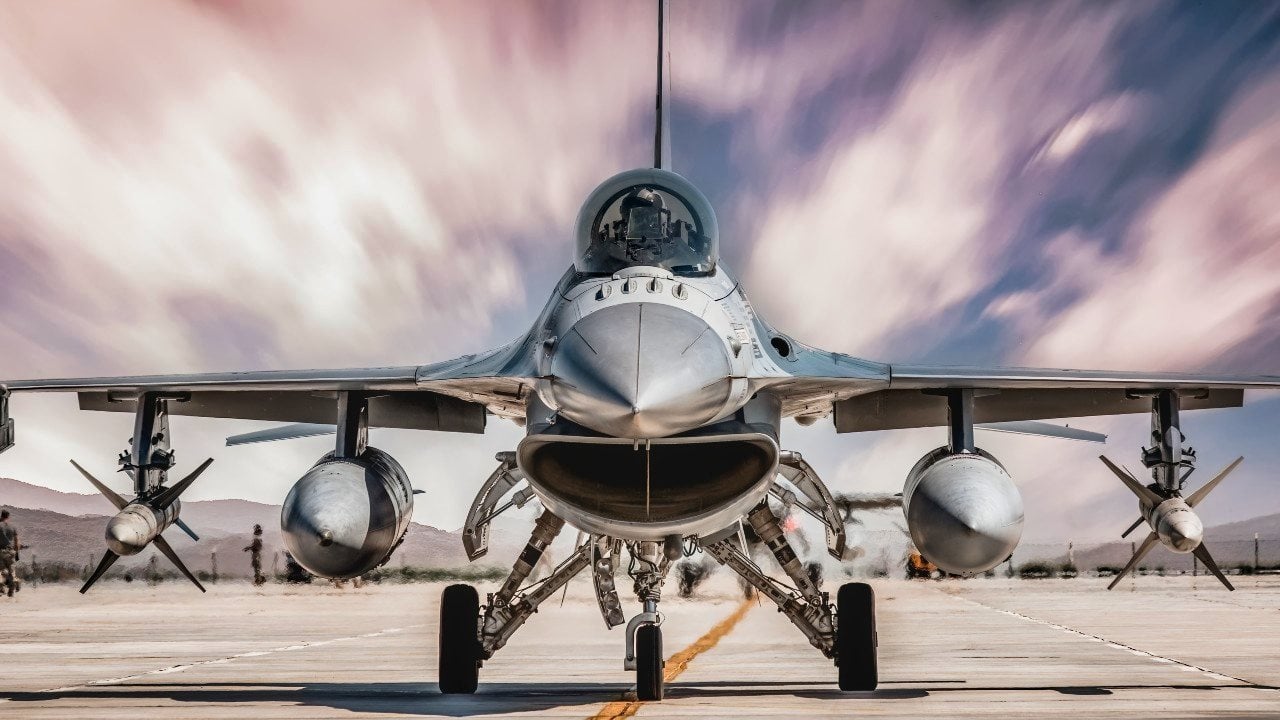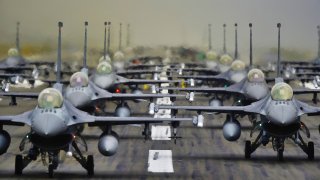A-16: The U.S. Air Force 'Merged' the A-10 Warthog and F-16 Fighting Falcon
In the 1980s, the U.S. Air Force explored modifying the F-16 to provide Close Air Support (CAS) by creating a hybrid aircraft known as the A-16. The concept aimed to combine the agility of the F-16 with the A-10's formidable 30 mm cannon and armor.
Summary and the Main Point: In the 1980s, the U.S. Air Force explored modifying the F-16 to provide Close Air Support (CAS) by creating a hybrid aircraft known as the A-16. The concept aimed to combine the agility of the F-16 with the A-10's formidable 30 mm cannon and armor.

The Problem: However, the project was ultimately abandoned due to technical challenges, including overheating cannons and concerns about the aircraft's vulnerability to anti-aircraft fire.
The Failure: A later attempt to equip F-16s with the GAU-13/A cannon during Desert Storm also failed, highlighting the difficulty of adapting the F-16 for effective CAS roles.
I learned something new about the F-16 recently. In the 1980s, the U.S. Air Force began setting aside F-16s that they would modify to provide Close Air Support (CAS) to troops on the ground. The most capable CAS aircraft ever built is the A-10, of course – and that’s exactly what the designers had in mind when crafting this modification. These F-16s would be outfitted with a 30 mm cannon and strengthened wing structures. Designers saw a conceptual hybrid between the F-16 and the A-10 that would be known as the A-16.
The Air Force even got as far as designating a block – Block 60 – for the A-10-esque modifications, and two Block 15 F-16s were converted to test the technology. Ultimately, the concept failed when the cannons overheated and singed components of the fuselage.
A-16: What Could Have Been
For a moment, some Air Force officials argued that the A-16 was the answer to concerns that the A-10 would not be able to survive over a high-tech battlefield. The venerable close support aircraft is notoriously slow, with straight wings and engines placed above the fuselage, and without stealth capabilities. So, the concerns were valid: The A-10 would not be able to survive in contested air space against a sophisticated adversary.

Still, the A-10 has some remarkable features. The cannon in particular, which spits out soda-can-sized depleted uranium shells at a rate of 70 rounds per second, can rip through armored vehicles and enemy fortifications. The A-10 was also built tough. With redundancies built into every system, reinforced flight control systems, and a titanium “bathtub” encasing the cockpit, the A-10 is hard to kill. Obviously, it made sense for a CAS platform like the A-10 to fly low and slow over the battle space.
The F-16, a single-engine multipurpose fighter, has been called upon at times to provide CAS – it was built for a wide variety of mission profiles. But as the thinking went, if the fast and maneuverable F-16 could be outfitted with the enviable Close Air Support bits of the A-10, then perhaps the hybrid aircraft could offer the best of both airframes.
Not everyone was convinced. Some officials were skeptical that the A-16 would have the range and load-carrying capability to serve as an effective attack aircraft. Additionally, they thought it would be vulnerable to enemy anti-aircraft fire – a major deficiency for any aircraft aspiring to serve in a Close Air Support role.

The A-16 was eventually abandoned. But during Desert Storm, F-16s from the 174th were outfitted with the General Electric GPU-5/A Pave Claw pod on the centerline station. The pod happened to house a 30 mm GAU-13/A four-barrel derivative of the A-10’s seven-barrel cannon. These aircraft were redesignated as F/A-16s, but the venture was short-lived, proving to be an abject failure.
“The pylon mount isn’t as steady as the A-10s rigid mounting” and “the F-16 flies much faster than an A-10, giving the pilots too little time approaching the target,” F-16.net explains. The result was an inaccurate weapon system that was quickly removed from the F/A-16s.
About the Author: Harrison Kass
Harrison Kass is a defense and national security writer with over 1,000 total pieces on issues involving global affairs. An attorney, pilot, guitarist, and minor pro hockey player, Harrison joined the US Air Force as a Pilot Trainee but was medically discharged. Harrison holds a BA from Lake Forest College, a JD from the University of Oregon, and an MA from New York University. Harrison listens to Dokken.
All images are Creative Commons and/or Shutterstock.


